Search results for: “”
-
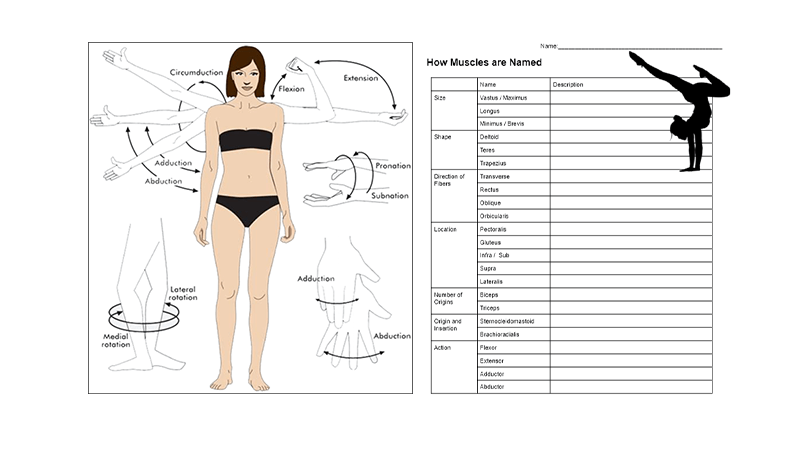
Muscles Are Named Based on Shape and Movement
Students complete a chart that describes common words used in muscle naming, like maximus and brevis.
-
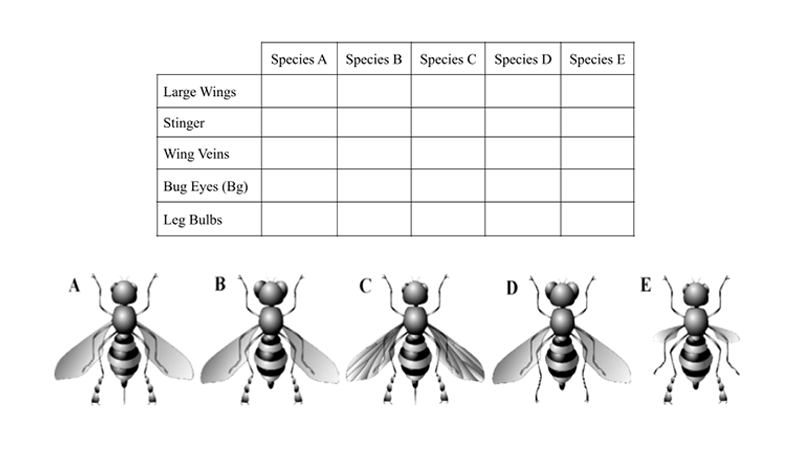
Constructing Cladograms: Fly and Heloderma
Use Google slides to construct a cladogram of flies lizards in the genus Heloderma.
-
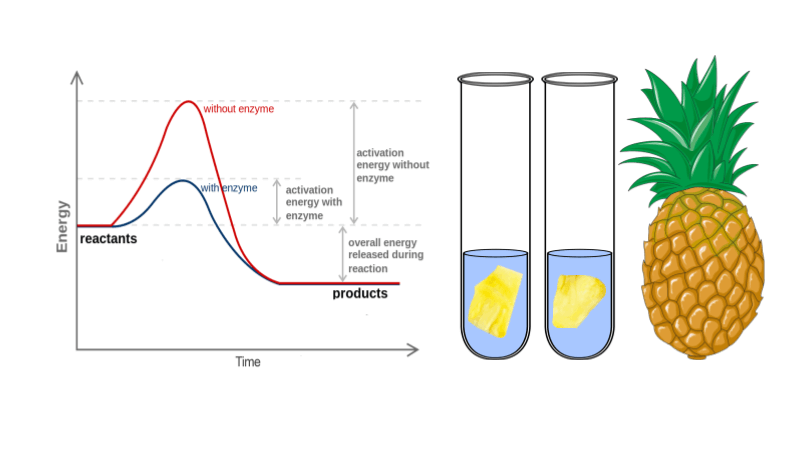
Investigation: How Do Enzymes Affect Gelatin
This lab explores enzymes using fresh and canned pineapple to observe enzyme-substrate reactions.
-
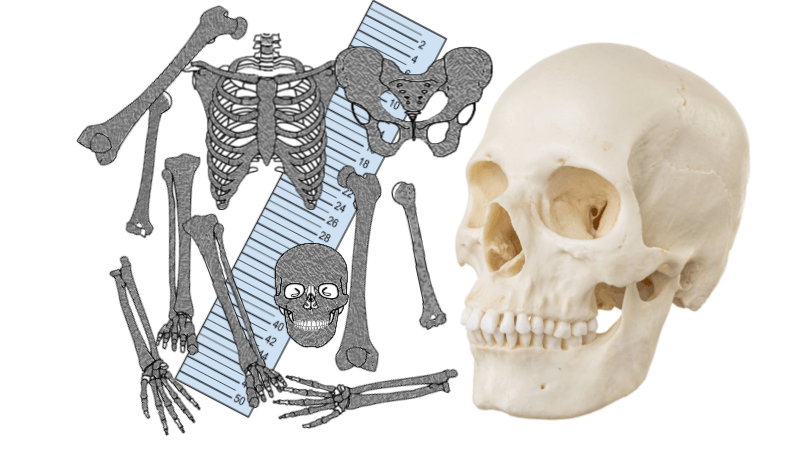
Forensics Activity: The Mystery of the Bones
Construct a skeleton from paper to model how forensic scientists use clues from the bones to determine sex, gender, age, height, and race.
-
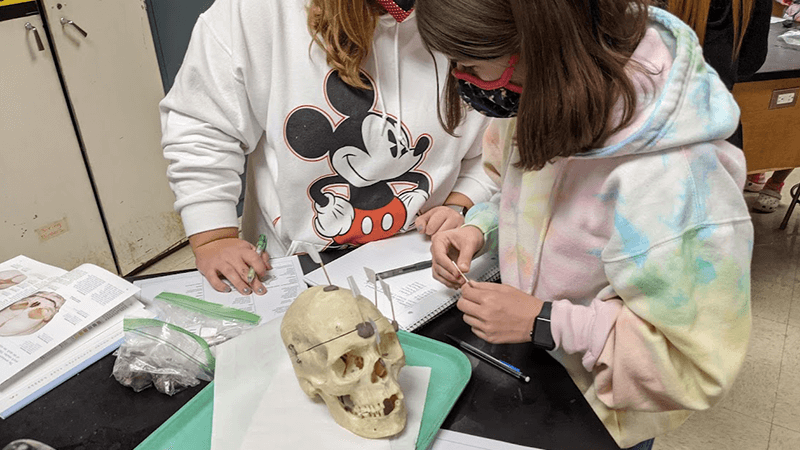
A Student’s Guide to Learning the Human Bones
Students use a lab guide to identify bones and major features. Activity is part of a unit on the skeletal system
-
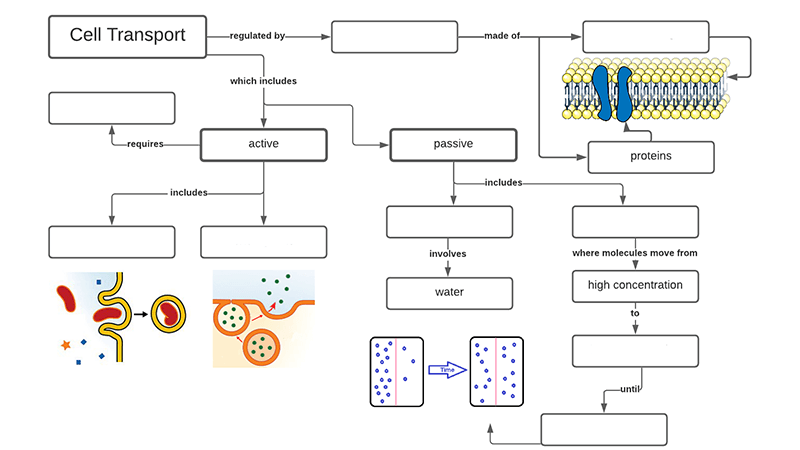
Cell Membrane Transport Graphic Organizer
Label a graphic that compares the types of transport in a cell, such as osmosis, diffusion, and active transport.
-
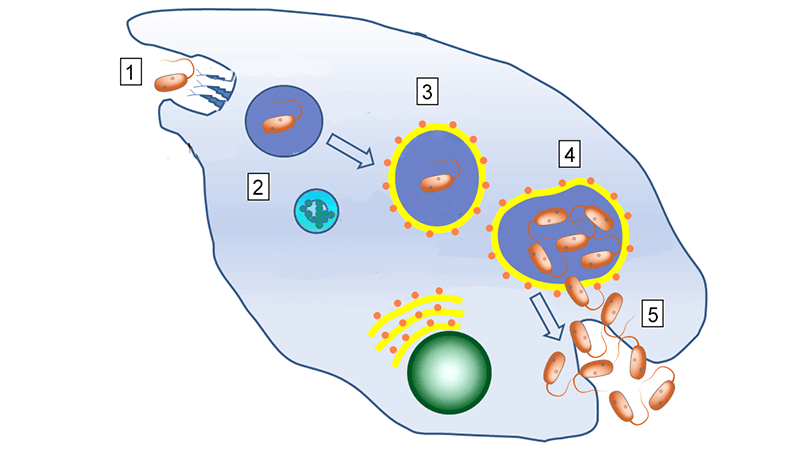
How Do Legionella Bacteria Cause Disease?
Analyze a graphic that shows how legionella bacteria are taken up by cells through phagocytosis and reproduce in the phagosome.
-
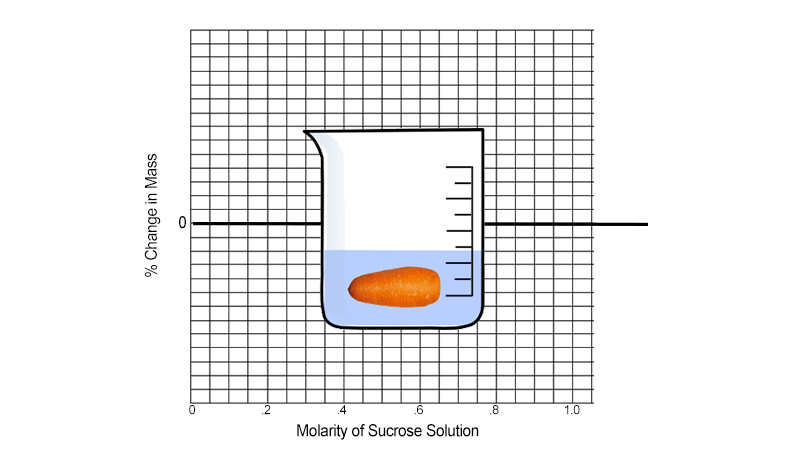
Investigation: Water Potential and Carrot Molarity
Determine the molarity of baby carrots by soaking them overnight in different solutions. The point at which the carrot does not change mass is the molarity.
-
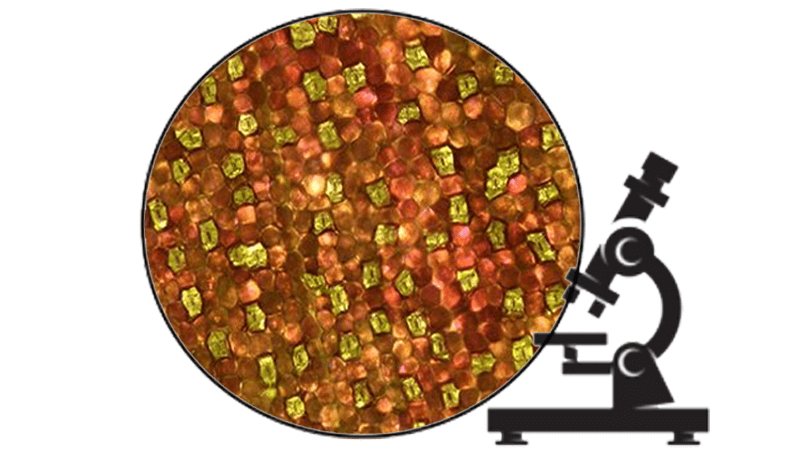
Investigation: Viewing Stomata in Zebrina Plants
View the stomata of plants with this simple activity that uses tape and fingernail polish. Great for beginning biology students!
-

Gaucher Disease is a Lysosome Storage Disorder
This mini-case study explores Gaucher disease, a lysosome storage disorder where cells are unable to clear harmful waste products.
-
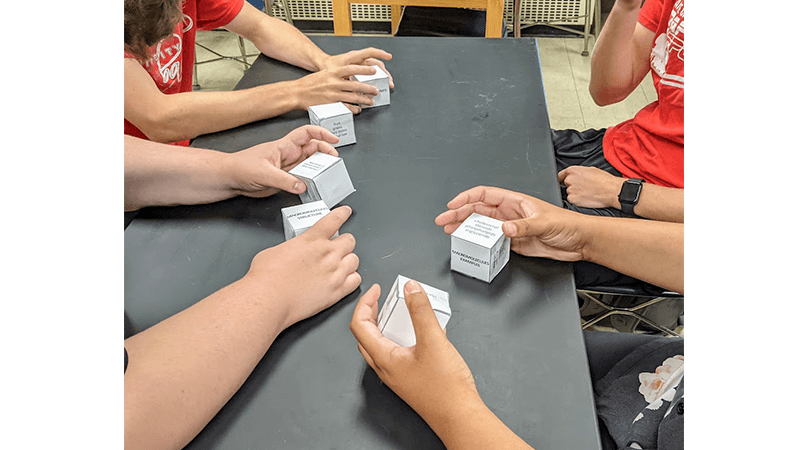
Boxing Biomolecules – A Game for Organics
AP Biology students learn the four biological macromolecules by playing a game with boxes which have descriptions on each side.
-
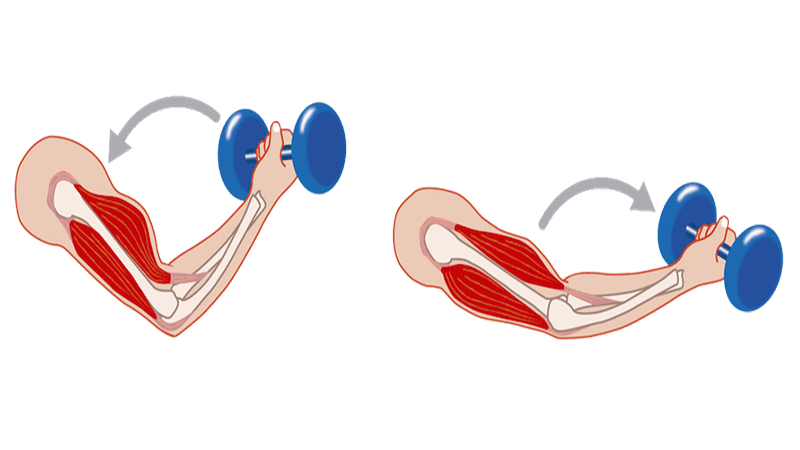
Flex Your Muscles! A Close Look at the Biceps
Students explore how muscles contract with a focus on the biceps and triceps. They learn how muscle work by labeling diagrams and answering questions.
-
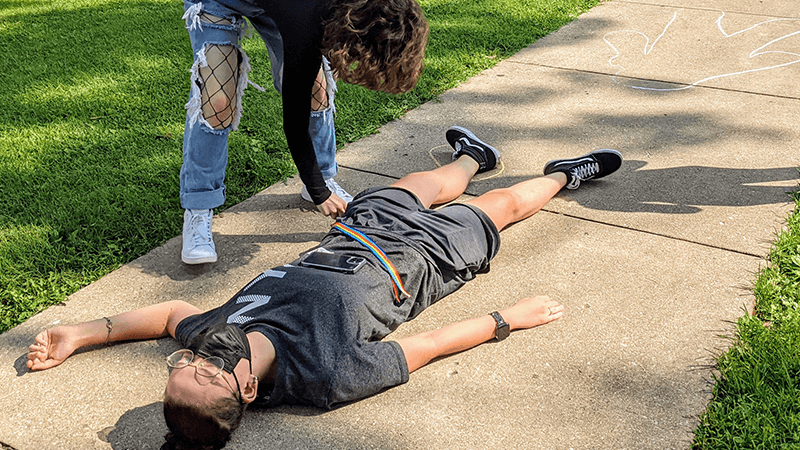
Introduce Anatomy Terms with Chalk Outlines
Introduce anatomy by making a chalk outline and placing cards in the location of where the structures are located.
-
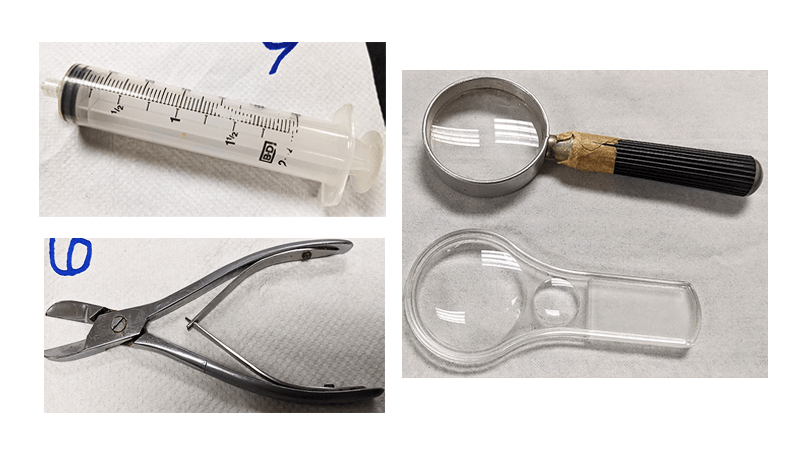
Lab Introduction – Identify Equipment and Uses
Introduce students to lab equipment with this station activity. Students examine items, like a beaker, and write down the name and functions of each.
-
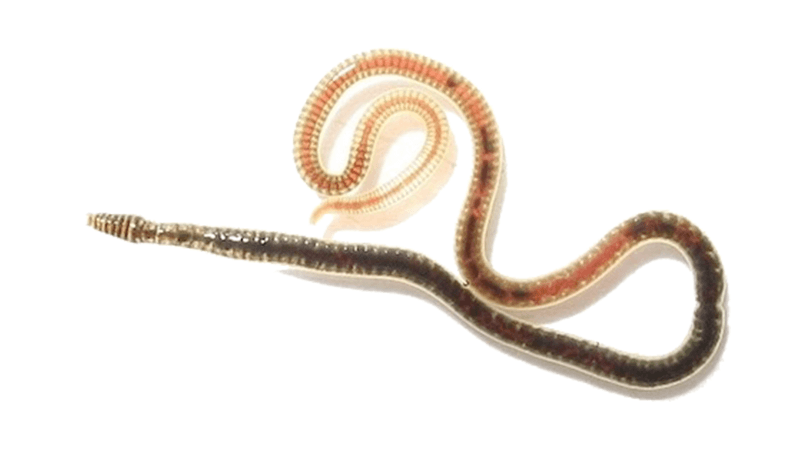
Investigation: How Chemicals Affect Pulse Rates
Students investigate the affect of chemicals, like caffeine on the circulatory system using a blackworm specimen.

